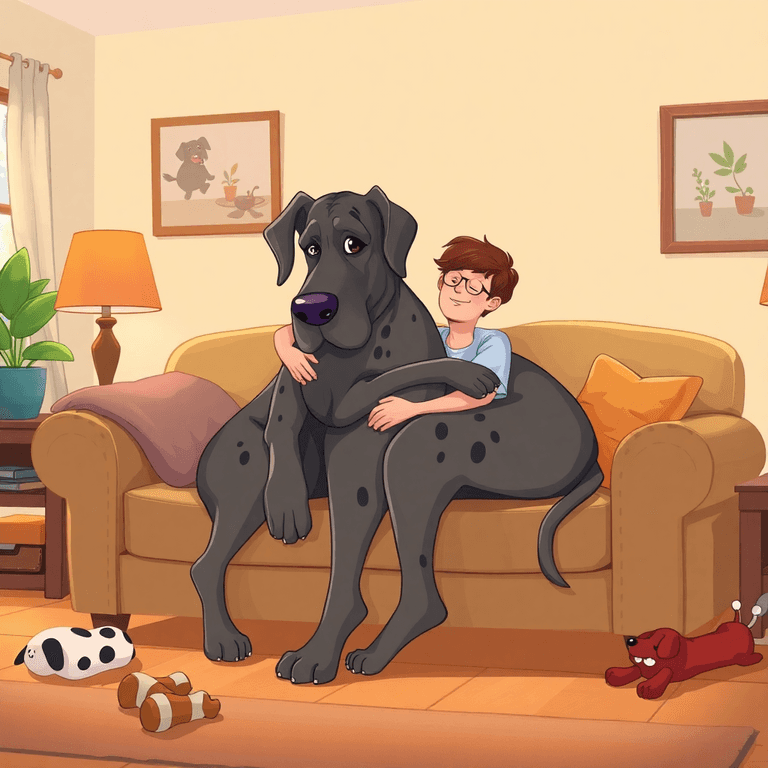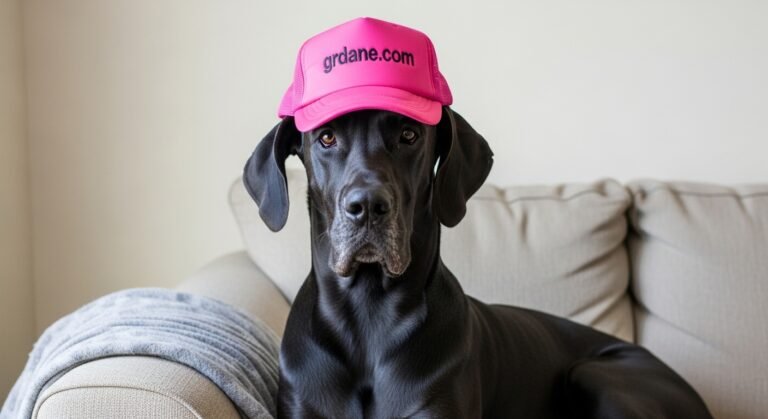Why Great Danes Make Best Life Coaches
Why Great Danes Make Best Life Coaches Hi there! I’m Yeti, and I’m a Great Dane who happens to be pretty awesome at life coaching. Let me tell you why dogs like me make the best coaches around. First off, I’m huge but super gentle. When I walk into a room, people notice me right away. But instead of…




